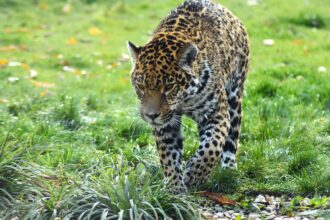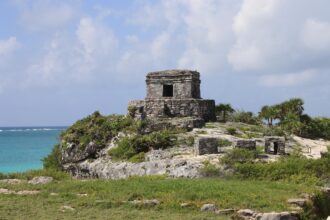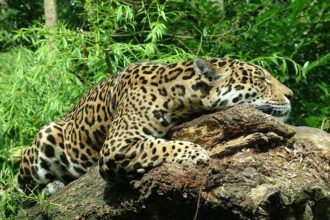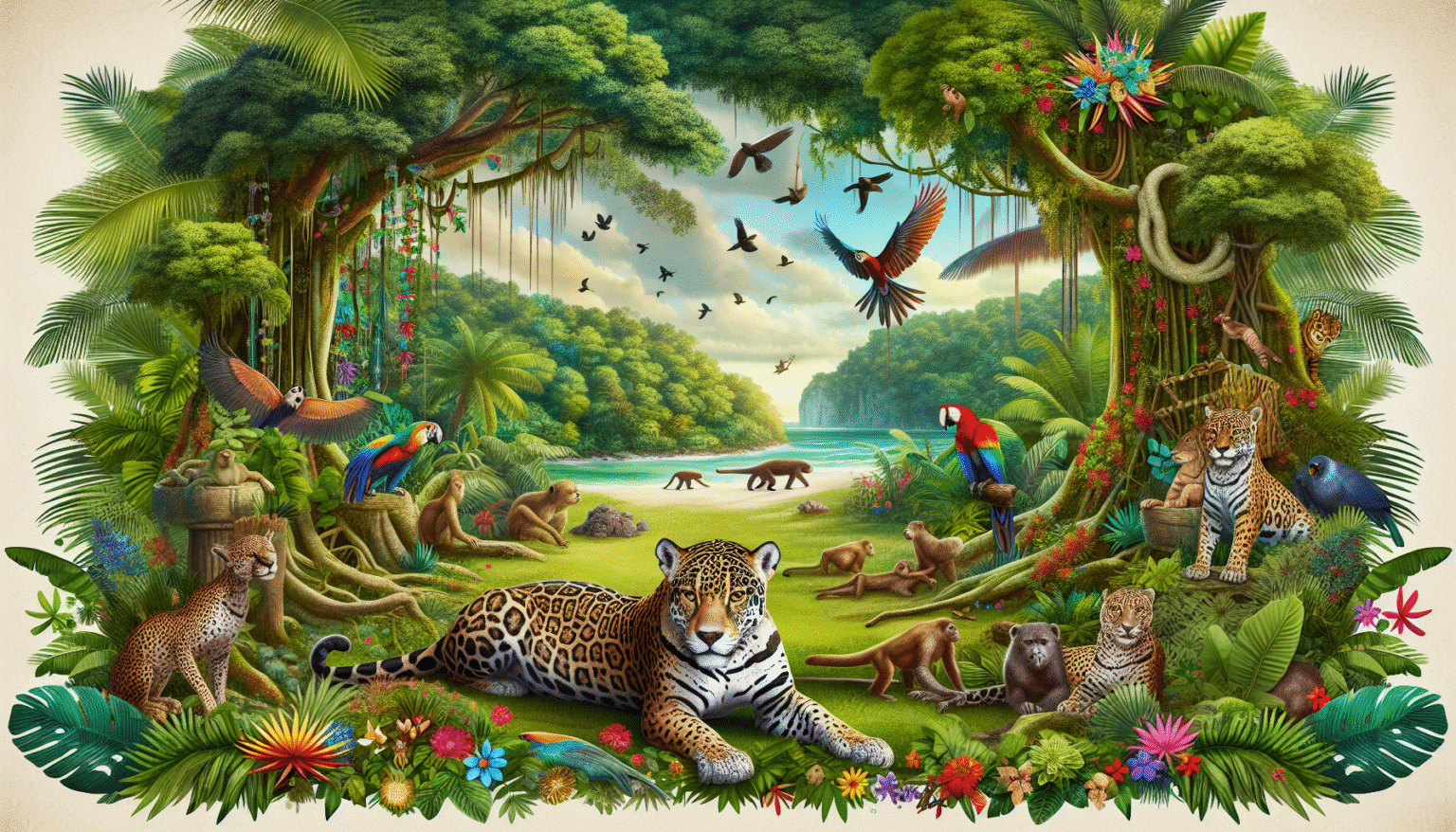The Importance of Jaguar Conservation in Tulum’s Ecosystem
Jaguar conservation plays a pivotal role in the health and sustainability of Tulum’s unique ecosystem. This majestic feline, scientifically known as Panthera onca, serves as an apex predator, influencing the populations of numerous other species. Protecting jaguars is not just about preserving the species itself; it ensures the preservation of Tulum’s rich biodiversity and the ecological balance of this popular tourist destination.
Understanding the Role of Jaguars in Ecosystems
Jaguars are keystone species, a term used to describe organisms that have a disproportionately large effect on their environment relative to their abundance. Their hunting habits help regulate prey populations, preventing overgrazing and the degradation of vegetation. Without jaguars, there would be an unchecked increase in species like deer and peccaries, which can lead to a dramatic decline in plant life and the overall health of the ecosystem.
Habitat of the Jaguar in Tulum
Tulum is located within the Yucatán Peninsula, an area rich in mangroves, wetlands, and tropical forests that provide an ideal habitat for jaguars. These habitats not only support the survival of jaguars but also offer a plethora of bird, fish, and plant species that rely on the same environments. Protecting these areas ensures food sources and shelter for countless other species, thereby promoting biodiversity.
Threats to Jaguar Survival
The threats faced by jaguars in Tulum are numerous and alarming. Habitat fragmentation due to urban development, agriculture, and deforestation poses a significant risk to their populations. Roads and human settlements disrupt their natural movement patterns, making it difficult for them to find mates and hunt efficiently. Additionally, poaching and illegal wildlife trade further threaten their numbers. By investing in jaguar conservation, local authorities and organizations strive to mitigate these threats.
Ecotourism and Its Impact on Conservation Efforts
Tulum is renowned for its stunning beaches and rich cultural history, making it a hotspot for ecotourism. Supporting jaguar conservation can attract responsible tourism, which in turn generates revenue for local communities and conservation initiatives. Tourists are increasingly interested in sustainable practices, and Tulum can capitalize on this trend by promoting wildlife watching tours that include jaguar tracking, offering visitors a unique experience while contributing to conservation efforts.
Community Engagement and Education
Education is a vital component of jaguar conservation. Local communities must understand the ecological importance of jaguars and the benefits they bring. Workshops, school programs, and guided nature tours can help foster a sense of pride and responsibility within the community. Engaging local residents in conservation efforts not only empowers them but also encourages the protection of habitats crucial for jaguar survival.
Collaboration Between Organizations
The conservation of jaguars cannot be achieved without the collaboration of various stakeholders, including government agencies, non-governmental organizations (NGOs), and local communities. Partnerships can lead to the development of conservation corridors that link fragmented habitats, allowing jaguars to roam freely between them. Moreover, combined efforts in research and monitoring can provide valuable data, helping to inform better conservation strategies.
The Health of the Ecosystem
A healthy jaguar population signifies a balanced ecosystem. The presence of jaguars indicates a robust population of prey animals and a rich biodiversity of flora and fauna. A thriving ecosystem benefits not only wildlife but also local residents who depend on these natural resources for their livelihoods. Sustainable fisheries, agriculture, and tourism are directly linked to the health of the ecosystem, which is maintained through effective predator management.
Technology in Conservation
Innovative technology is playing an increasingly important role in conservation efforts. GPS tracking collars, camera traps, and drones can help biologists monitor jaguar movements and understand their habitats better. These tools provide crucial data on their behavior, helping shape conservation practices. By investing in technology, Tulum can enhance its conservation efforts and ensure the survival of this critical species.
Legislation and Policy Advocacy
Strong legal frameworks are essential for the protection of jaguars and their habitats. Advocating for policies that prioritize conservation can lead to more significant funding and resources allocated to protecting these majestic creatures. Support for laws that regulate land use, protect natural reserves, and combat poaching will be vital in safeguarding the future of jaguars in Tulum.
Restoration of Habitats
Habitat restoration is another critical aspect of jaguar conservation. While protecting existing habitats is essential, restoring degraded areas can provide new spaces for jaguars and their prey. Initiatives that replant native vegetation and rehabilitate ecosystems can lead to the successful re-establishment of food chains and predator-prey dynamics essential for a thriving jaguar population.
Enhancing Local Economy Through Conservation
Conservation efforts often lead to economic benefits for local communities. Protecting jaguars and their habitats creates opportunities for sustainable livelihoods through eco-friendly ventures. Job creation in wildlife tourism, conservation education, and habitat restoration can uplift communities while ensuring the future of essential ecosystems.
Monitoring International Populations
International cooperation is also essential for jaguar conservation. Jaguars roam vast territories crossing national borders, and coordinated conservation efforts are necessary. By collaborating with neighboring countries, Tulum can work to protect corridors that connect populations, ensuring long-term genetic viability and stability.
Final Thoughts on Jaguar Conservation
The significance of supporting jaguar conservation in Tulum’s ecosystem cannot be overstated. As an apex predator, the jaguar influences the entire ecological network, from plant life to other wildlife species. Protecting these majestic cats leads to greater biodiversity, healthier ecosystems, and a sustainable future for local communities and visitors alike. With concerted efforts focused on education, habitat protection, community involvement, and technological advancements, Tulum can ensure that jaguars continue to roam its wild landscapes for generations to come.







